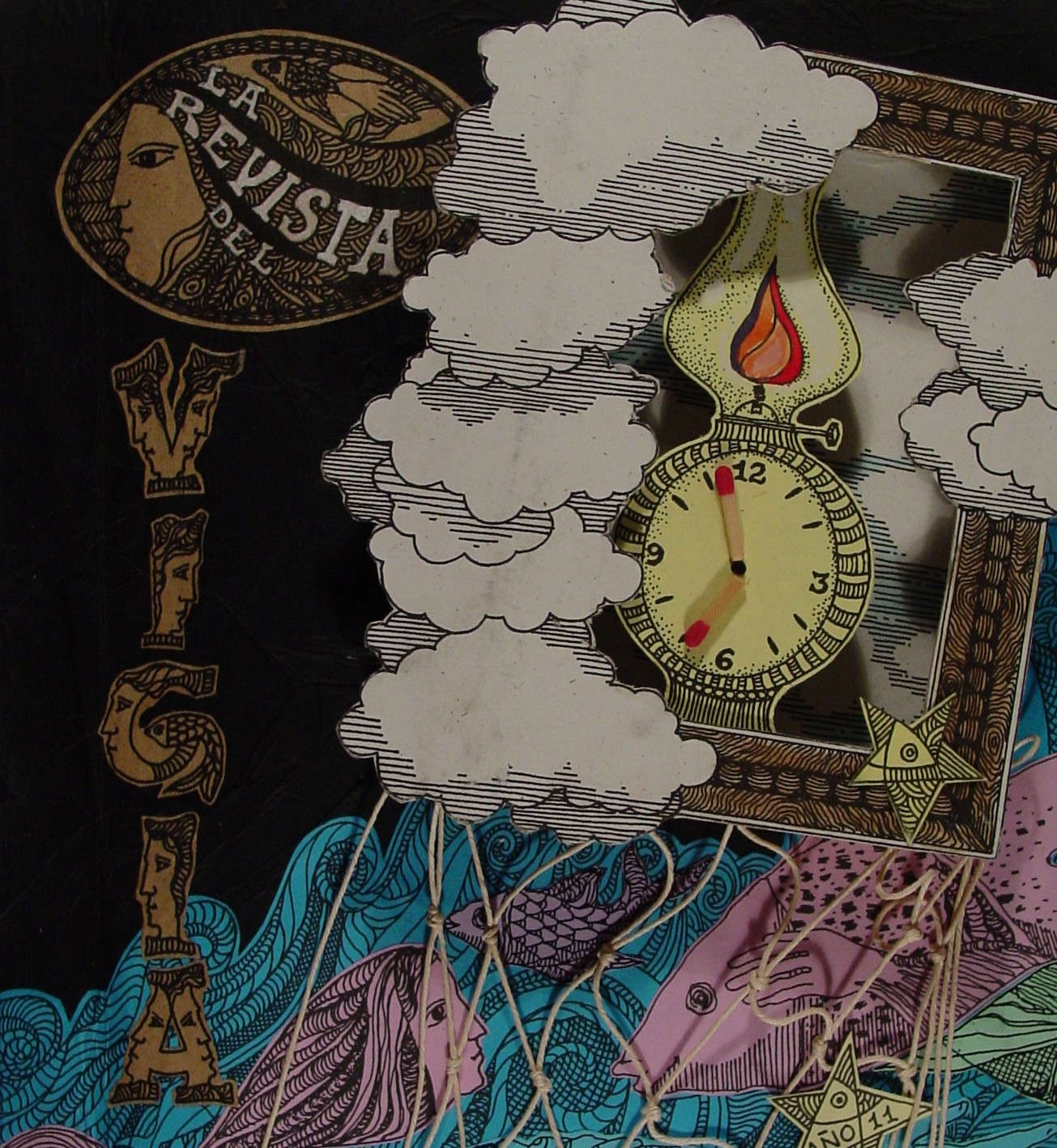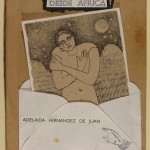Wrapped Words: Handmade Books from Cuba’s Ediciones Vigía
April 20 – May 31, 2002
The Minnesota Center for Book Arts announces the opening of “Wrapped Words: Handmade Books from Cuba’s Ediciones Vigía,” a traveling exhibition of work produced by a Cuban cooperative widely known for its structurally diverse, visually engaging literary publications. The opening reception took place at MCBA on Friday, April 19, 6–9 p.m. The reception was sponsored in part by Victor’s 1959 Café, Minneapolis.
The thirty-five pieces on exhibit offered a fascinating view of Ediciones Vigía handmade books, magazines and banners. The cooperative approaches their work largely in response to available resources, using found objects, recycled materials, industrial discards, fabric scraps, stones, shells and earth in hand-crafting each book; the objective is to create inexpensive, conceptually impelling books with “a human feel.”
Ediciones Vigía––the name is taken from its Matanzas location in Plaza de la Vigía (Watchtower Square)—was founded in 1985, under the auspices of the Cuban Ministry of Culture, by poet Alfredo Zaldívar and artist Rolando Estévez to encourage individual creative expression. While an officially-sanctioned publishing house, it has maintained a stolidly independent commitment to artistic vision, producing marvelously illustrated and ingeniously fabricated volumes by young artists and writers from Cuba’s provinces as well as works by well-known Latin American and European writers including Boris Pasternak, Octavio Paz, Edna St. Vincent Millay and Jorge Louis Borges.
The curator of this exhibition, Jeanne Drewes, Assistant Director for Access and Preservation at Michigan State University Libraries, has visited and worked with members of the cooperative numerous times. “These extraordinary books reflect the spirit and ingenuity of the Cuban people,” she says. “They are both literature and art. The opportunity to exhibit them as art has fulfilled a long held dream for me.”
“Wrapped Words: Handmade Books from Cuba’s Ediciones Vigía” provided a close-up view both inside and out of these unique books.




